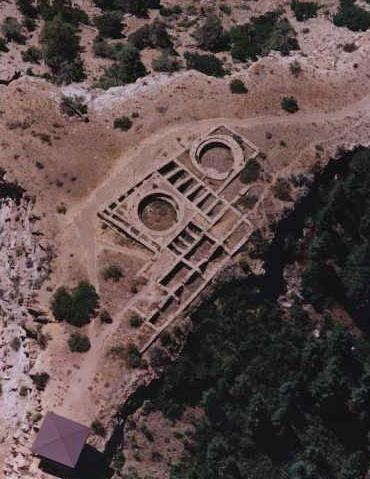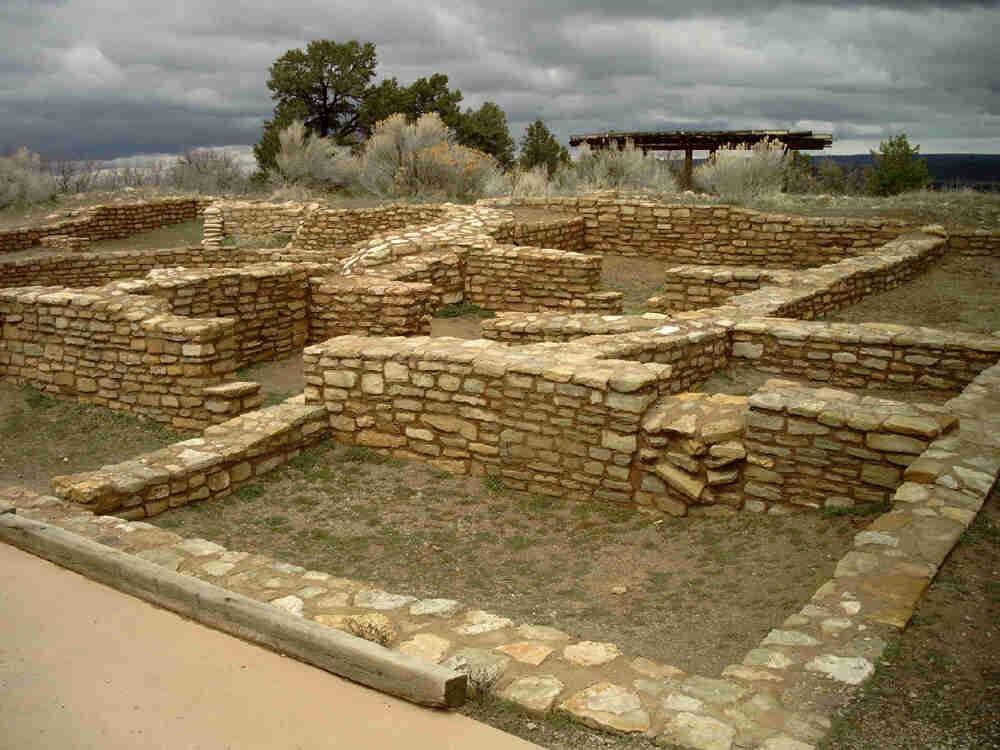Great House
Full Article
“Great House” refers to a class of ancient Ancestral Puebloan structures from the ninth through thirteenth century. Great Houses were monumental, geometrically formal constructions, with thick stone masonry walls made with careful craftsmanship. While inspired by the regional center in Chaco Canyon, New Mexico, almost twenty Great Houses are known from southwestern Colorado, including Chimney Rock National Monument near Pagosa Springs, Far View House at Mesa Verde National Park, and Lowry Pueblo in Canyons of the Ancients National Monument near Cortez.
While most people of that era lived in modest but serviceable “unit pueblos”—,” five or six rooms and a kiva (a below-grade pit structure with both domestic and ritual functions), —Great Houses were distinguished by their larger size and more substantial construction. Great Houses were typically several stories tall at a time when most construction was of short, single-story buildings. Great House ground plans are rigidly geometric and formal compared to the looser plans of unit pueblos. These may seem arbitrary distinctions, but in the field it is relatively easy to differentiate Great Houses from the far more numerous unit pueblos.
The largest Great Houses were at Chaco Canyon; “outlier” Great Houses such as Chimney Rock and Far View House were perhaps one-twentieth the size of Pueblo Bonito, transported hundreds of miles away from Chaco and dropped amid a community of local people living in unit pueblos of the local architectural style. Great Houses were typically built atop a hill or rise visually dominating a surrounding community of several dozen unit pueblos. Chimney Rock provides a spectacular example of this placement.
Chaco Canyon’s Great Houses were mostly built from 850 to 1130. After construction ceased at Chaco Canyon, large Great Houses continued to be built at Aztec Ruins National Monument in New Mexico and throughout southwestern Colorado until the region was finally depopulated around 1280.




























